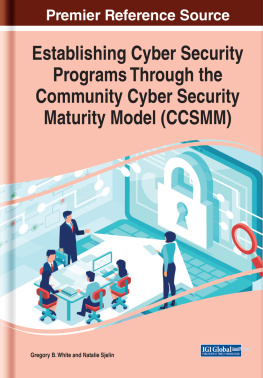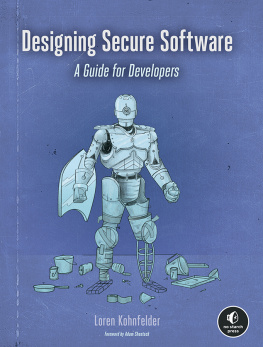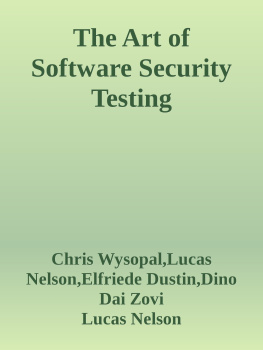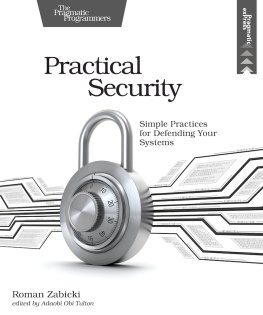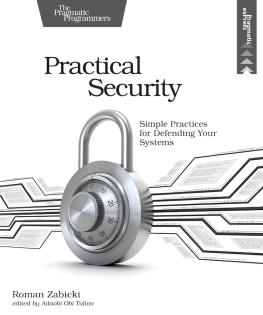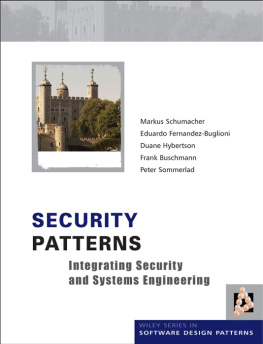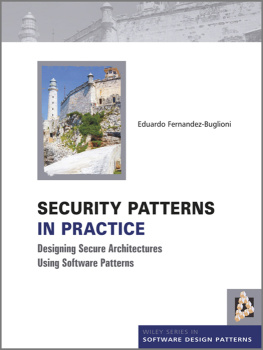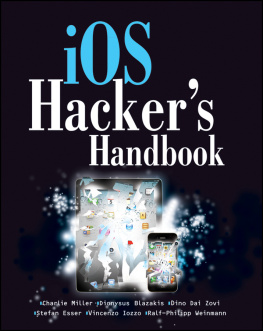All URLs referenced throughout the book as well as the code examples, errata, updates, and other information can be found at http://www.trapkit.de/books/bhd/.
Chapter 1. Bug Hunting
Bug hunting is the process of finding bugs in software or hardware. In this book, however, the term bug hunting will be used specifically to describe the process of finding security-critical software bugs. Security-critical bugs, also called software security vulnerabilities, allow an attacker to remotely compromise systems, escalate local privileges, cross privilege boundaries, or otherwise wreak havoc on a system.
About a decade ago, hunting for software security vulnerabilities was mostly done as a hobby or as a way to gain media attention. Bug hunting found its way into the mainstream when people realized that its possible to profit from vulnerabilities.[]
Software security vulnerabilities, and programs that take advantage of such vulnerabilities (known as exploits ), get a lot of press coverage. In addition, numerous books and Internet resources describe the process of exploiting these vulnerabilities, and there are perpetual debates over how to disclose bug findings. Despite all this, surprisingly little has been published on the bug-hunting process itself. Although terms like software vulnerability or exploit are widely used, many peopleeven many information security professionalsdont know how bug hunters find security vulnerabilities in software.
If you ask 10 different bug hunters how they search through software for security-related bugs, you will most likely get 10 different answers. This is one of the reasons why there is not, and probably will never be, a cookbook for bug hunting. Rather than trying and failing to write a book of generalized instructions, I will describe the approaches and techniques that I used to find specific bugs in real-life software. Hopefully this book will help you develop your own style so you can find some interesting security-critical software bugs.
1.1 For Fun and Profit
People who hunt for bugs have a variety of goals and motivations. Some independent bug hunters want to improve software security, while others seek personal gain in the form of fame, media attention, payment, or employment. A company might want to find bugs to use them as fodder for marketing campaigns. Of course, there are always the bad apples who want to find new ways to break into systems or networks. On the other hand, some people simply do it for funor to save the world. 
1.2 Common Techniques
Although no formal documentation exists that describes the standard bug-hunting process, common techniques do exist. These techniques can be split into two categories: static and dynamic . In static analysis, also referred to as static code analysis , the source code of the software, or the disassembly of a binary, is examined but not executed. Dynamic analysis, on the other hand, involves debugging or fuzzing the target software while its executing. Both techniques have pros and cons, and most bug hunters use a combination of static and dynamic techniques.
My Preferred Techniques
Most of the time, I prefer the static analysis approach. I usually read the source code or disassembly of the target software line by line and try to understand it. However, reading all the code from beginning to end is generally not practical. When Im looking for bugs, I typically start by trying to identify where user-influenced input data enters the software through an interface to the outside world. This could be network data, file data, or data from the execution environment, to name just a few examples.








